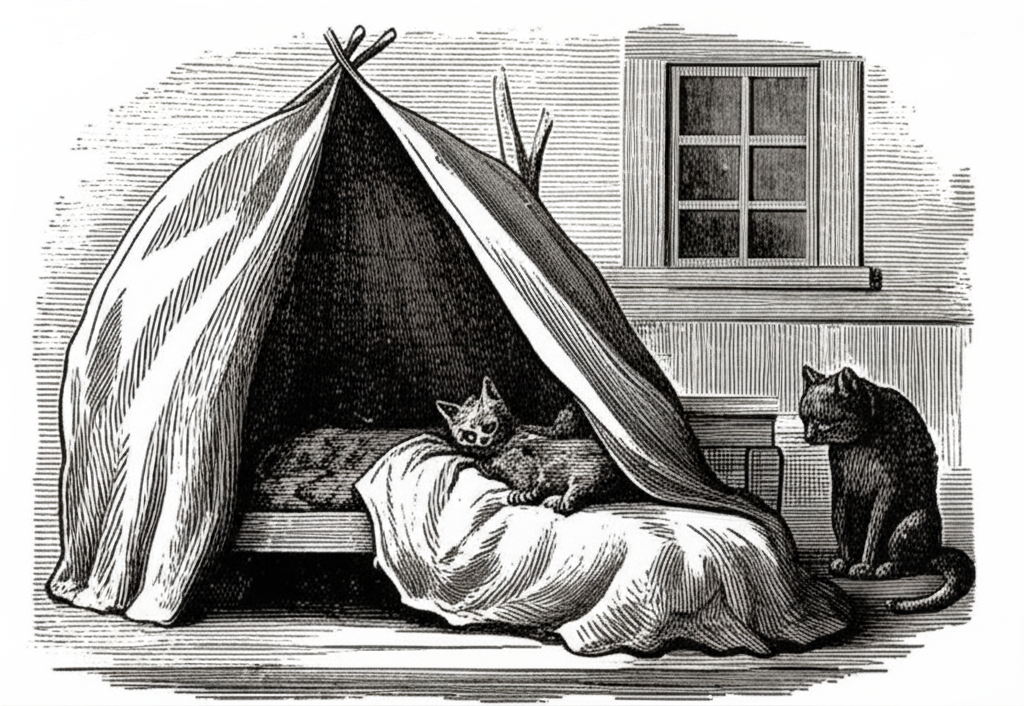
The superstition that cats can steal the breath of babies, leading to suffocation, is a long-standing belief that prompted many to keep felines away from infants. This fear, deeply rooted in history and folklore, reflects both anxieties about the unknown and misinterpretations of animal behavior.
Its origins can be traced back to the sixteenth century, during a time when such notions extended beyond just babies. William Baldwin, an English author, alluded to this apprehension in his 1561 satire, “Beware the Cat,” writing, “That cat . . . got to his mouth and drew so his breath that she almost stifled him.” This quote indicates a widespread fear that cats could potentially deprive individuals of breath.
In the historical context of the 16th and 17th centuries, cats were often associated with witchcraft, serving as “familiars” to witches. This association fueled fears of the supernatural and led to the belief that cats were connected to malevolent forces. Any unexplained illness or misfortune was frequently attributed to the evil influence of witches and their animal companions. Further solidifying this belief, it was thought that witches possessed the ability to shapeshift into nocturnal animals, including cats, allowing them to infiltrate homes unnoticed.
The precise genesis of the belief that cats intentionally suck the breath of humans is difficult to ascertain. However, the superstition likely arose from a combination of factors. One explanation stems from the perceived link between cats and witchcraft. It was thought that cats, due to their association with witches, preferred stale air—air already breathed out by humans—over fresh air. Another possible explanation lies in the misinterpretation of feline behavior. Accounts of cats sitting on people’s chests while they slept, viewed as evidence of malevolent intent, were likely misinterpreted. In reality, this behavior likely stemmed from a cat’s natural desire for warmth and companionship, seeking the heat emanating from a sleeping person’s body.
Over time, instances of infant suffocation, possibly caused by a cat inadvertently blocking a child’s airways while seeking warmth, may have further cemented the superstition. While these cases were unfortunate accidents, they could have been interpreted through the lens of pre-existing beliefs about cats and their supposed ability to steal breath.
Despite a lack of scientific basis, the superstition surrounding cats and babies persisted well into the twentieth century. Although largely dismissed by modern science, the belief continues to linger in the minds of some, particularly those inclined towards superstition. This lingering belief often manifests as a cautious approach, with some people still choosing to keep cats away from infants’ rooms, just “to be on the safe side.”